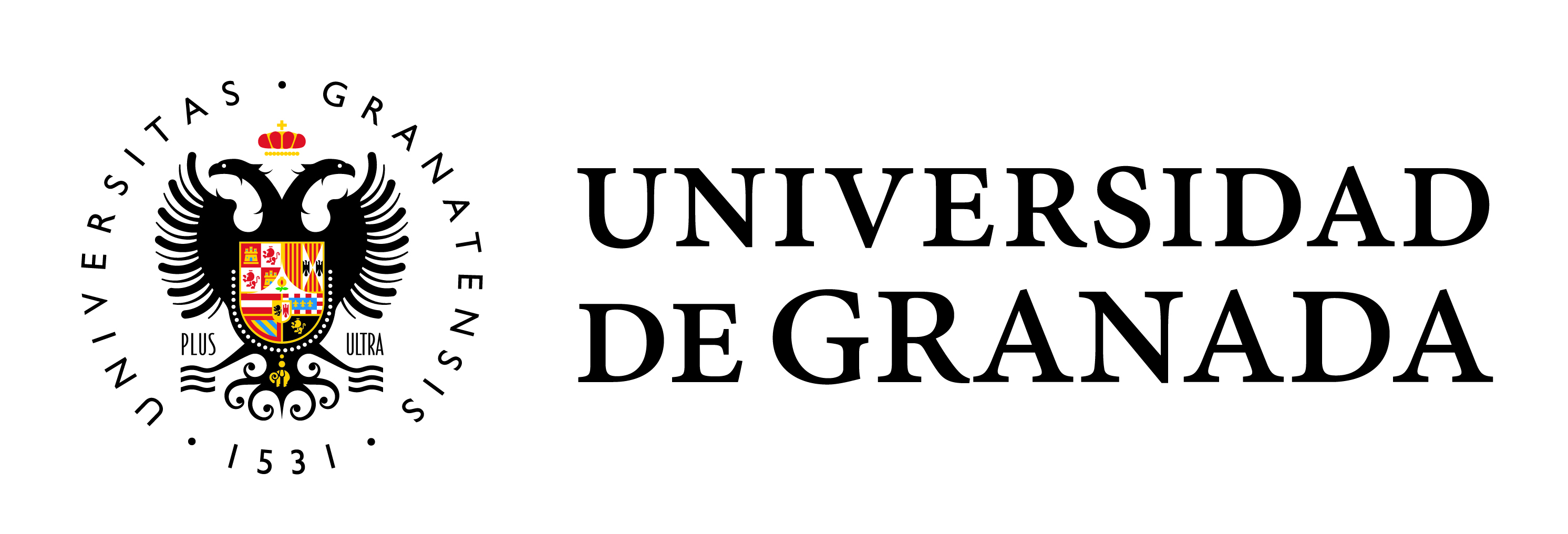Spatiotemporal behavior of the population as an approach to analyze urban structure: the case of Metropolitan Barcelona
Main Article Content
Vol. 56 No. 2 (2017), Articles, pages 111-133
Submitted: Apr 25, 2016
Accepted: Apr 22, 2017
Published: Aug 3, 2017
Abstract
The study of urban structure and its implications on the urbanization efficiency has occupied much of the agenda of urban research. However, the identification of centralities has been limited to the study of simple employment density or employment’s inducted flows. In this paper we use a different approach to identify places that structure the daily life the population, beyond the employment sub-centres. Thus, from the premise that people, through their spatiotemporal behaviour give content, differentiate and relativize the space, a synthetic indicator of the use of places was created. This indicator is based on the trip-chain obtained from the survey of daily mobility of the Barcelona Metropolitan area. The results reveal a new dimension of polycentrism, where the centres and traditional axes complement the geography of employment concentrations. Also clearly specialized areas in leisure and social activities emerge as a complement to economic sub-centres. Furthermore, the synthetic indicator is closely linked to the characteristic elements of Mediterranean urban structures, such as compactness, complexity and nodality. Such areas maximize the diversity of activities, in a context of intensive use of space and dominated by people of different socioeconomic backgrounds. In synthesis, structural places in the daily life of citizens.
Keywords:
Polycentrism, time geography, sub-centres, trip chain
Downloads
Article Details
How to Cite
Marmolejo, C. C., & Cerda Troncoso, J. (2017). Spatiotemporal behavior of the population as an approach to analyze urban structure: the case of Metropolitan Barcelona. Cuadernos Geográficos, 56(2), 111–133. Retrieved from https://revistaseug.ugr.es/index.php/cuadgeo/article/view/4704


